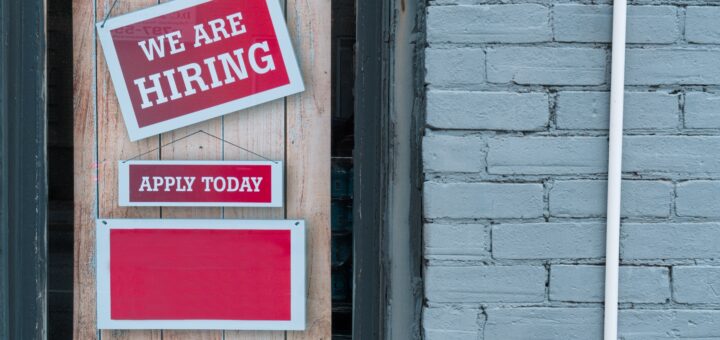Getting a summer job: dos & don’ts

Abbie Riglin – Staff Writer
The end of the school year is fast approaching, which means it’s that time of the year again where us students get to turn in our titles as ‘students’ and replace it with ‘summer intern.’ It’s simultaneously the best and the worst time of the year, where you get approximately two weeks of rest time after exams and then start work. Immediately after your contract is up, it’s right back to classes. It’s exhausting, but necessary, both for experience and oftentimes, graduating.
It can all seem daunting. Industry jobs are often hard to come by if you’re unsure of where to look, not to mention the application process can get extremely competitive and tedious. But rest assured, finding a placement is possible and not as scary as it seems.
I’ve got a list of tips and tricks for finding a well-suited job, building your resume and standing out in the best way possible with your cover letter. These steps are designed to cater to every job and can act as a template for a fast turn-around with application deadlines.
Step one: finding a job
Despite the need for experience (and money), you probably shouldn’t just pick a potential job on a whim. Make sure you do your research on the company and the work you’ll be doing. The more interested in the work you are the more beneficial the whole experience will be. The last thing you want is to feel like you’ve wasted your summer.
This is where networking comes in handy, but understandably, if you’re just starting your career you don’t know many industry professionals you can be asking favours from. This is where job boards come in handy! Mount Royal University has program-specific job boards that also count towards graduation requirements, but if you would like to avoid the competitiveness, this is a great place to just start looking for ideas, from there you can search for companies that do similar work.
Step two: building your resume
Resumes often seem like the easiest part but truthfully it might be the hardest. It can be tricky mastering the art of showing the best, most relevant pieces of yourself on paper. I even find myself blanking when I’m told to write about my interests. But there are definitely dos and don’ts of resume writing.
Dos
Do highlight your most recent and relevant experience – employers aren’t looking to see every job you’ve ever had. Only jobs that you’ve achieved something in should be included, ie. jobs you had for multiple years, industry related jobs, etc.
Do talk about skills that could be beneficial to the job, even if they don’t relate to the work – this can be anything from language skills to projects you’ve worked on for school.
Don’ts
Don’t include your references – this seems like an odd one but references take up space that could be used to showcase skills. If they are needed, employers will request them, which also gives you a second chance to think about who your best chance for an amazing reference could be.
Don’t spend time making it flashy – your resume isn’t a showcase of colours. Try and keep it simple with the design but still pleasing to the eye.
Step three: the cover letter
Writing a cover letter might just be the easiest part. Once you have a good template down, you’re set for life (just remember to change the names and address the right company). Your cover letter should feel personal and express excitement for the position. This is the area where you showcase personal connection and why you’d be a great addition to the team. Your resume might have your skills but a cover letter showcases personality.
The most important thing when following these steps is to make sure that what you are showing potential employers reflects you, not a carbon copy of everyone else applying. Talking yourself up doesn’t mean lying but rather catering applicable skills and interests to each job.


